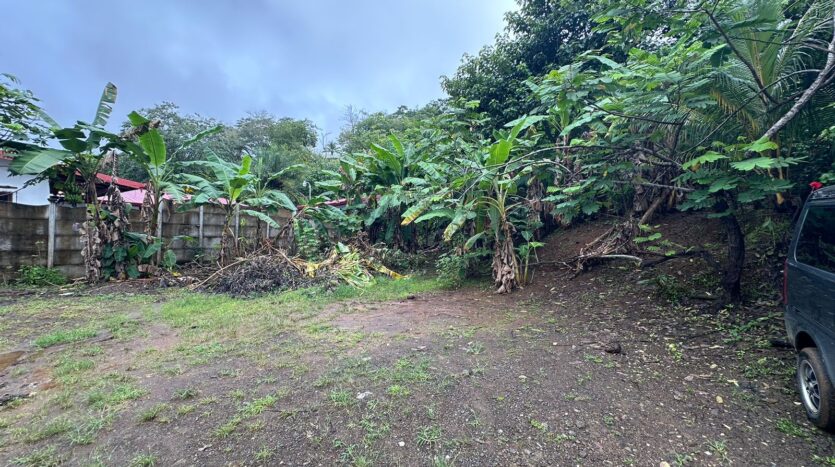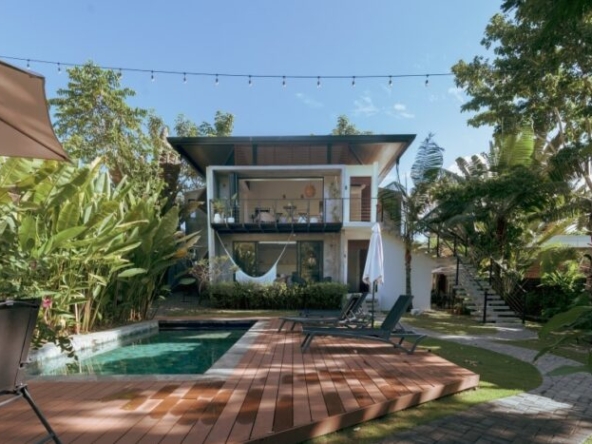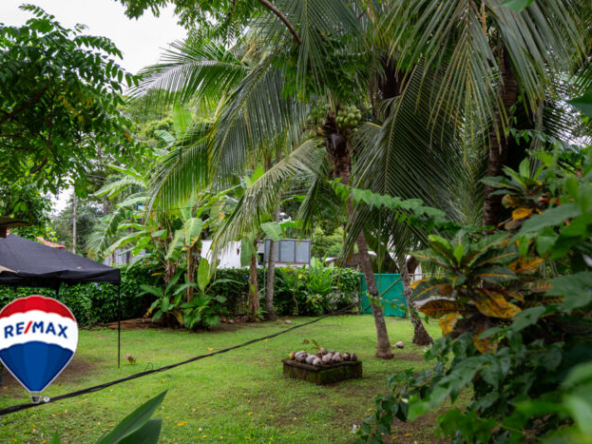Costa Rica is a dream destination for those seeking stunning landscapes, warm weather, and a relaxed, tropical lifestyle. Among its many natural attractions, the country’s breathtaking coastline draws people from all over the world. From golden beaches along the Pacific to lush shores on the Caribbean, Costa Rica’s oceanfront real estate market offers a unique investment opportunity. If you’ve ever considered owning a piece of paradise, here’s why Costa Rica’s oceanfront properties are worth exploring.
1. Why Invest in Oceanfront Real Estate in Costa Rica?
The appeal of owning beachfront property in Costa Rica goes beyond the obvious beauty of its beaches. The country’s commitment to environmental preservation, stable government, and welcoming attitude toward foreign buyers make it an attractive place for international investors. Here’s why it’s a good investment:
- Natural Beauty: Costa Rica’s coastlines are some of the most stunning in the world, offering endless ocean views, vibrant sunsets, and pristine beaches.
- Strong Rental Market: Beachfront properties are in high demand for short-term vacation rentals, particularly in popular tourist areas like Guanacaste, Jaco, and Manuel Antonio.
- Stable Economy and Politics: Costa Rica has a long-standing democracy and a strong legal system, providing a safe and secure environment for real estate investment.
- Expat-Friendly: The country has a large expat community, and foreigners enjoy the same property ownership rights as Costa Rican citizens.
2. Popular Regions for Oceanfront Property
Costa Rica’s coasts vary greatly in character, so choosing the right location depends on your preferences. Here’s an overview of some of the most popular regions for oceanfront real estate:
- Guanacaste: Located in the northwest, Guanacaste is known for its dry tropical climate and golden beaches. Towns like Tamarindo, Flamingo, and Playa Hermosa are popular with expats and tourists alike, offering a mix of luxury resorts, restaurants, and activities.
- Central Pacific (Jaco and Manuel Antonio): This area, particularly around Jaco, is ideal for those who want to be close to the action. With a lively atmosphere and proximity to San José, Jaco is perfect for those looking for an active beach life, while Manuel Antonio offers a more serene, eco-friendly environment.
- Southern Pacific (Dominical and Uvita): The Southern Pacific coast, also known as the Costa Ballena, is renowned for its lush landscapes and unspoiled beaches. If you’re seeking a tranquil, natural setting with opportunities for surfing and whale watching, this area is ideal.
- Caribbean Coast (Puerto Viejo and Cahuita): On the eastern side of Costa Rica, the Caribbean coast offers a more laid-back, tropical vibe. Known for its reggae culture and Afro-Caribbean influence, this region appeals to those who want a slower pace of life surrounded by wildlife and nature.
3. What to Consider When Buying Oceanfront Property
Purchasing oceanfront real estate in Costa Rica is a fantastic opportunity, but it’s important to understand some unique considerations that come with buying coastal property.
- Maritime Zone Laws: Costa Rica’s maritime zone law governs land within 200 meters of the high tide line. The first 50 meters are considered public land, while the next 150 meters may be leased from the government. This means most beachfront properties don’t offer full ownership of the land right up to the water’s edge. Working with a real estate lawyer to navigate these laws is essential.
- Climate and Maintenance: Coastal properties are exposed to salt, humidity, and other environmental factors that can accelerate wear and tear. Regular maintenance is key to preserving your investment.
- Infrastructure: Some oceanfront areas, particularly in more remote parts of the country, may lack reliable infrastructure like paved roads, water, and electricity. Be sure to research the area thoroughly before purchasing.
4. The Buying Process
The process for buying oceanfront real estate in Costa Rica is straightforward, but working with the right professionals is crucial. Here are the steps to follow:
- Work with a Local Real Estate Agent: A qualified agent will help you navigate the market, find the best deals, and ensure you understand the local property laws.
- Hire an Attorney: A local attorney experienced in real estate law is essential. They’ll conduct a thorough title search, ensure the property complies with zoning laws, and handle the paperwork.
- Title Search and Due Diligence: Make sure the property has a clear title and no outstanding debts or disputes. This is especially important for oceanfront properties due to maritime zone regulations.
- Finalize the Purchase: Once you’ve completed due diligence, sign a purchase agreement and deposit typically around 10% of the sale price. The final transfer of the property usually takes place within 30 to 60 days.
5. Investment Potential
Costa Rica’s oceanfront real estate market has shown consistent growth over the past few decades. Whether you’re looking for a vacation home, an income-generating rental, or a long-term investment, beachfront properties have high potential for appreciation. Popular tourist destinations, in particular, tend to see higher property values, with the added bonus of strong rental demand.
Additionally, the government’s push for sustainable tourism and eco-friendly development means that owning a property in a country that values environmental preservation could increase the long-term value of your investment.
6. Financing Your Oceanfront Property
Financing options for foreigners in Costa Rica are more limited than in the U.S., and interest rates tend to be higher. Many buyers opt for cash purchases or financing through home-country banks. Alternatively, some sellers offer financing, which may provide more favorable terms.
7. Residency Options for Property Owners
While owning property in Costa Rica does not automatically grant residency, many foreigners apply for residency after purchasing a home. The most common residency programs for property owners include the Pensionado (retiree) program and the Rentista program, both of which have specific income requirements. Owning a home in Costa Rica can make the residency application process smoother.
Conclusion
Owning oceanfront real estate in Costa Rica offers the chance to live or invest in one of the world’s most beautiful and biodiverse countries. Whether you envision yourself sipping cocktails on your private terrace overlooking the Pacific or renting out a beachfront villa to eager tourists, Costa Rica’s coastline offers endless possibilities. With the right guidance and a clear understanding of the process, you can make your dream of owning oceanfront property in paradise a reality.


